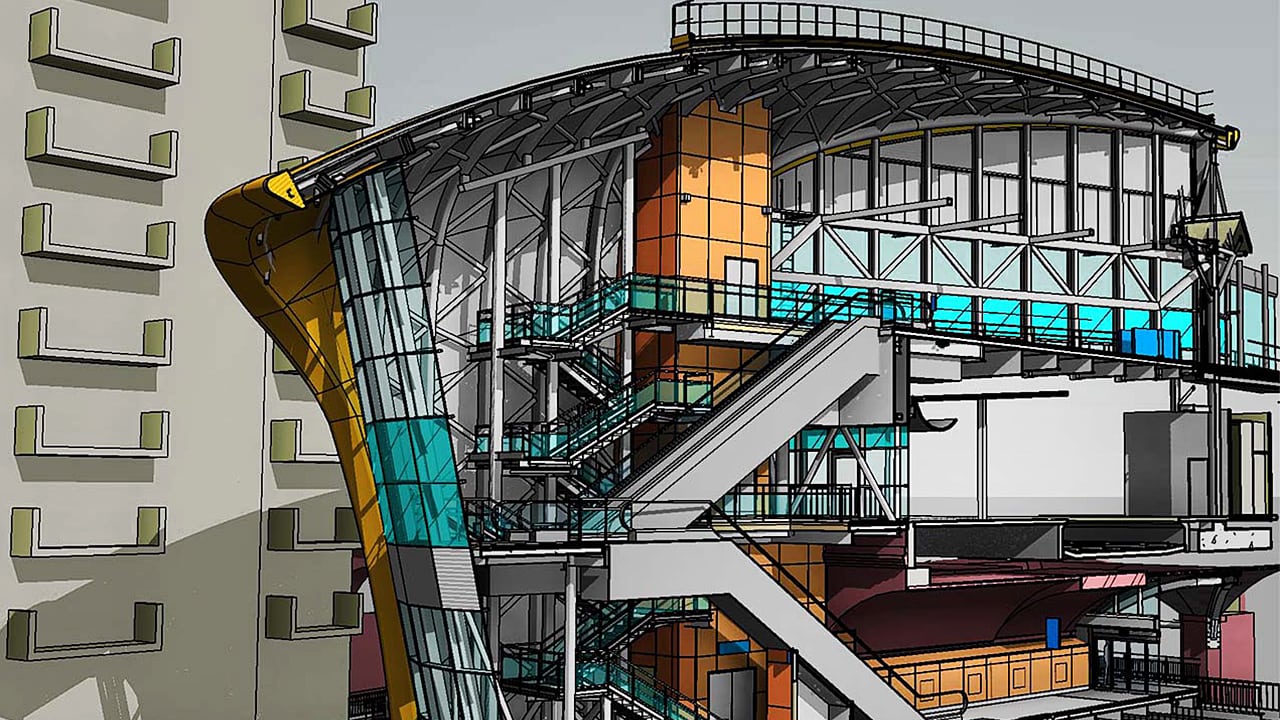The world was forever changed when pen and paper were laid aside in favour of computer-aided design software. The introduction of 2D, and then 3D, computer-aided modeling opened new doors for all kinds of architectural design projects, allowing for better planning, faster development, and many more advantages to builders and architects.
Today, the world is experiencing another shift, from the computer-aided design that has been a standard for decades to the new world that is building information modeling (BIM). It’s a shift that is subtler on the surface but no less important in terms of outcome. It will change the world of building design and construction forever.
Want to learn more about the ongoing shift to BIM? Here’s what you need to know.
BIM Training Programs Are Emphasizing New Technological Tools
As the world of construction moves from CAD to BIM, the tools used to get projects finished are changing as well. Though stalwarts like AutoCAD remain essential learning for those who enter BIM training, it’s increasingly other software, like Revit, FormIt, Navisworks, and Inventor, that are becoming the go-to choices for seeing digital modeling projects through to completion.
What these applications share is an emphasis on simulating real-world functionality, as well as on integrating commenting, time simulation, and other manipulations and information along with a model. Their popularity is reflective of the need for digital models to become dynamic stores of information, to exist not as an initial blueprint, but also like a set of near-complete instructions and analyses laying out exactly how a project should develop. Unsurprisingly, today’s BIM training programs place a great deal of emphasis on helping students become skilled in the use of these kinds of programs, with graduates leaving fully capable of professional-quality work in modern BIM.
The Different Work Dynamic Encouraged by BIM Requires Essential Training
One of the primary benefits of BIM is in opening the design and planning phase of construction up to the oversight, analysis, and collaboration by and with many different parties—the owners, the builders, the digital modelers, and more. It’s an exciting capability that makes it much easier for efficient planning and better modeling to be accomplished, but this is true only when individuals collaborating on an effort to have adequate experience in a team dynamic.

Collaboration skills are hugely important to success in BIM
It’s for this reason that skills in leadership, collaboration, and adherence to established BIM processes and best practices are becoming more important. In light of this, today’s aspiring BIM professionals are likely to find that pursuing a building information modeling diploma or certificate will be the best way to prepare for their future careers. These programs are built around training individuals in both the hard technical skills and softer workplace skills that are looked for by modern employers and represent the most efficient pathway to success in BIM today.
Knowledge of BIM Is Increasingly a Must-Have for Digital Design Professionals
As BIM’s merits become better understood and more companies and professionals start to employ it, BIM is becoming a must-have skill. No longer will be understanding how to create a plain, three-dimensional digital model be sufficient. Now, it’s expected that digital modeling professionals be able to create living models that contain a wealth of information within and alongside them.

BIM is useful for building and infrastructure projects of all kinds
The wide applicability of BIM, though, makes the investment of time in securing qualification to work with it one that is likely to pay off. Commercial and public building projects, infrastructural renovation, and even home improvement can all be modeled by a BIM professional. The career prospects are bright for those who get in on the ground floor and help today’s construction industry leap forward into an era of greater efficiency and clarity through BIM.
Do you want to study building information modeling?
Digital School offers the full package of training employers looking for?

